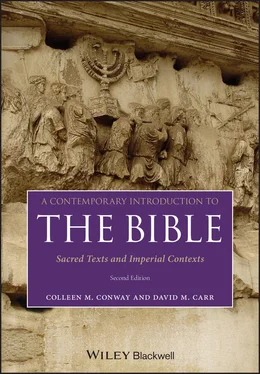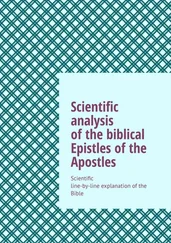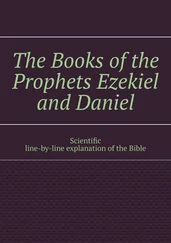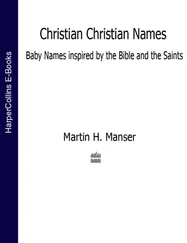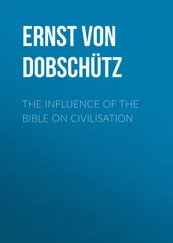This conflict is the latest chapter in thousands of years of struggles between different groups for control of this narrow strip of land. In ancient times, the land of Israel occupied a strategic location along the “Fertile Crescent” extending from Egypt in the southwest to the Mesopotamian empires of Assyria and Babylonia in the northeast. Because much of the area east of Israel was impassable desert, the major roads between Egypt and Mesopotamia had to cross the narrow strip of land between the Mediterranean Sea and the desert (see Map 1.2). Israel lay right along those roads and was often run over by the armies of its more powerful neighbors. The various empires of the ancient Near East were almost always laying claim to Israel and the surrounding areas, and the peoples of Israel were caught in the middle.
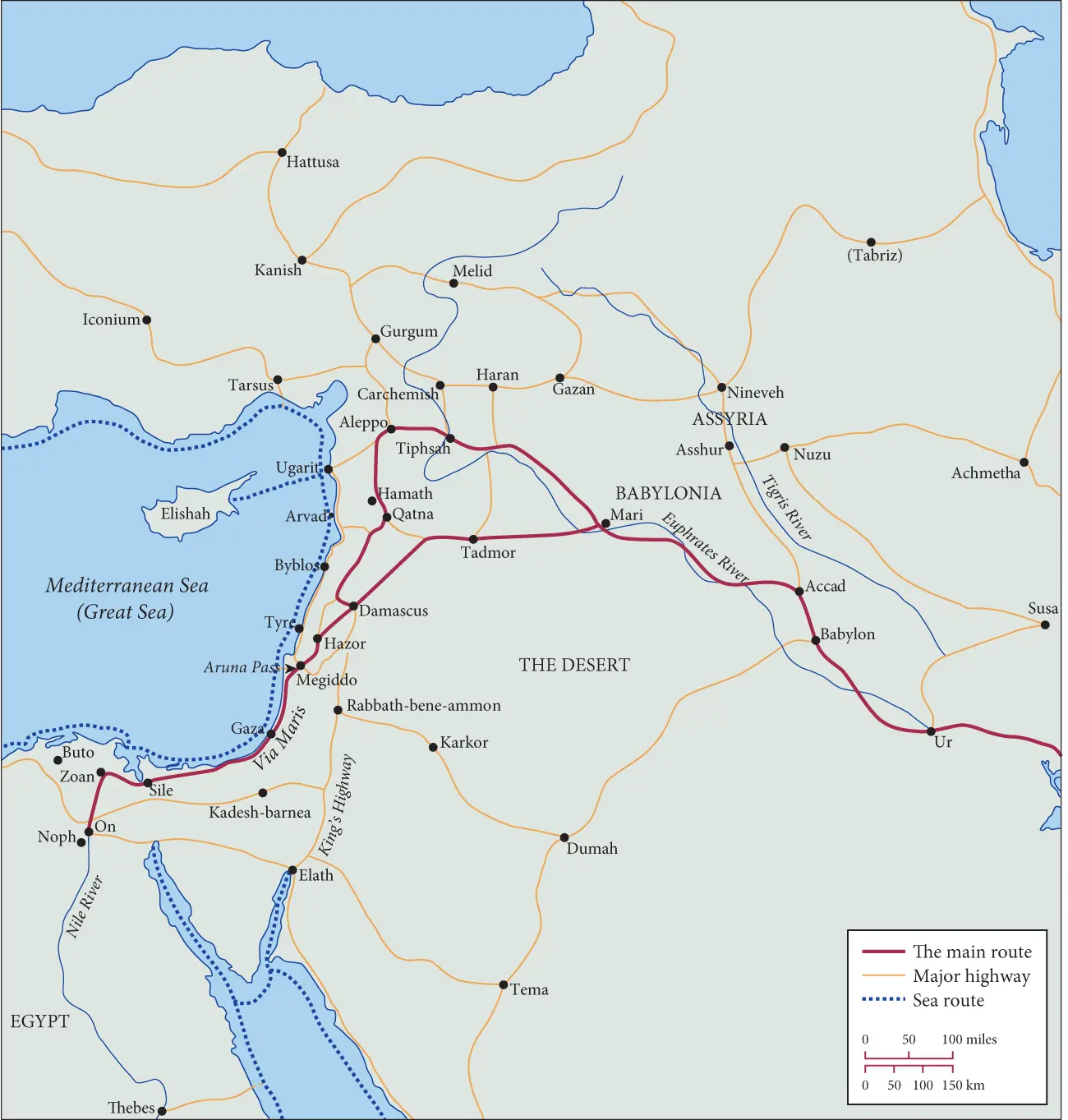
MAP 1.2 The major routes of the ancient Near East. Note how the major routes move from Egypt on the left through Judah/Israel near the Mediterranean to Syria and Mesopotamia to the northeast and east. Redrawn from Yohanan Aharoni and Michael Avi-Yonah (eds.), The Macmillan Bible Atlas (revised edition). New York, Macmillan, 1977, map 9.
Major Periods in the Biblical Drama
The major turns in biblical history can be seen in this context. The Egyptian empire dominated the area of ancient Israel from around 1450 to 1200 BCE, the years when many scholars think the biblical exodus may have happened. Then a series of catastrophes ended Egyptian rule over the area and inaugurated a power vacuum in the land of Israel. This is when we first see identifiable archaeological evidence of a “people of Israel.” This people settled in small villages in the hill country of Judah and Israel during the pre-state tribal period(1250–1000 BCE, including the time of the chieftain, Saul). At the outset of the first millennium (BCE), David and Solomon established what might be termed a proto-monarchy in Jerusalem that ruled the Israelite tribes for several decades (around 1000–930 BCE). In the later ninth century, the tribes of Israel formed a monarchy of their own and we see a period of neighboring monarchies, where there are two kingdoms in broader Israel: a kingdom of Israel in the north and a kingdom of Judah in the south (930–722 BCE).
This window of freedom from imperial domination, however, was not to last. Especially in the late eighth century (745 BCE and onward), the Assyrian empire, based in what is now northern Iraq, gained control of both Israel and (later) Judah (see Map 1.3). This empire completely destroyed the kingdom of Israel in 722 BCE and dominated the kingdom of Judah for decades. Indeed, from 745 to 586 BCE, Israel and Judah were dominated by a series of brutal empires – Assyria, Egypt (for a couple of years), and Babylonia (based in middle Iraq). Though Judah enjoyed brief independence between domination by the Assyrians and Egyptians, the nation was dominated and eventually destroyed by the Babylonian empire, which reduced Jerusalem, along with its Temple, to rubble in 586 BCE ( destruction of Jerusalem, ending a period of “Judah alone,” 722–586 BCE). Thus began one of the most important periods of biblical history, the Babylonian exile(586–538 BCE). At the outset of this period, most of the elite who had lived in Judah were forcibly deported to Babylon, and in many cases neither they nor their children ever returned. The Hebrew Bible is a collection of documents from the perspective of these deportees and their children, such that biblical history is now usually defined (from their point of view) in terms of “pre-exile” and “exile.”
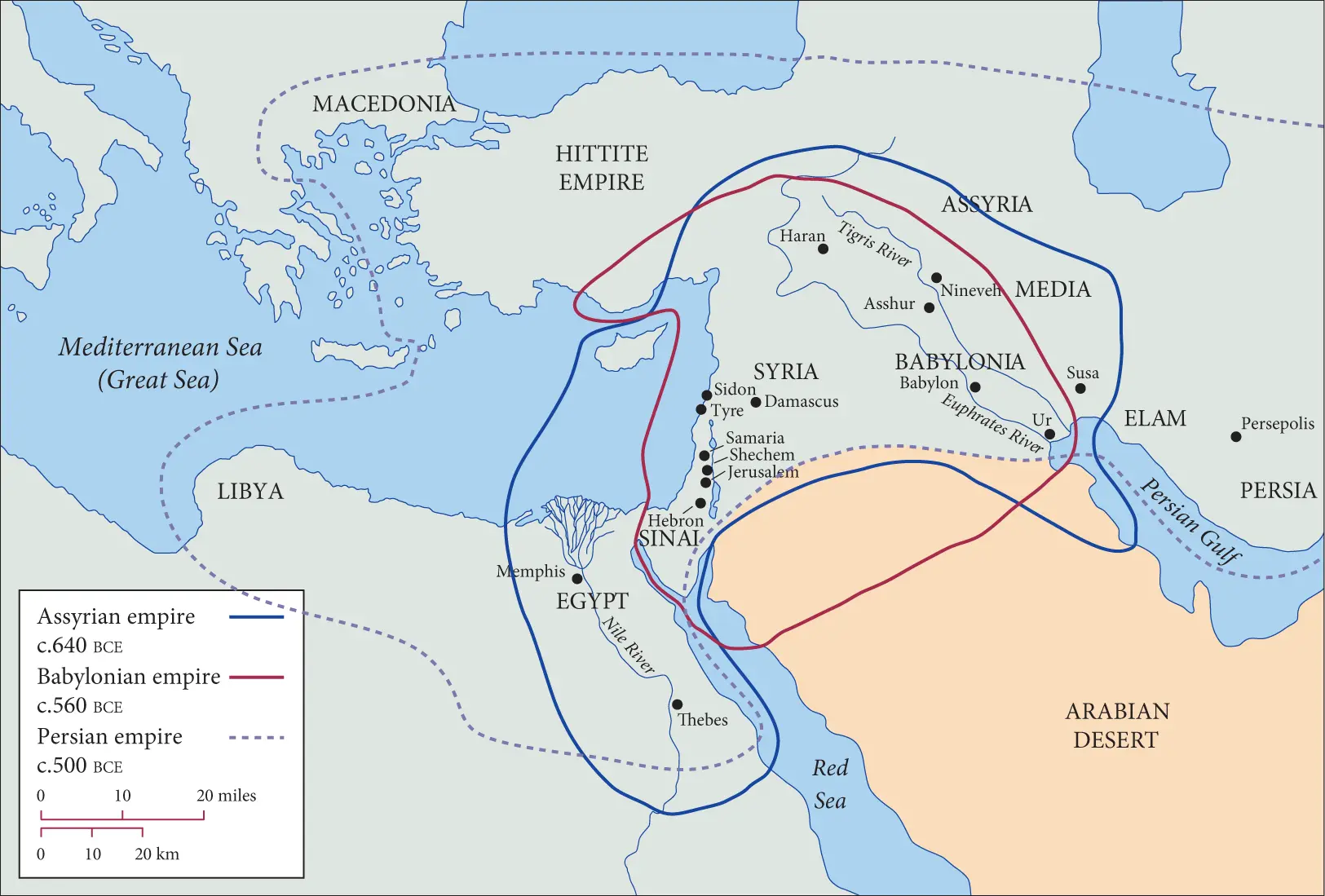
MAP 1.3 The reach of three of the major empires that dominated Israel and/or Judah: the Assyrian, Babylonian, and Persian empires. Redrawn from www.bible.ca, Abingdon Press, 1994.
The story of Israel and empires, however, was not over. Just decades later, the Persian ruler, Cyrus, conquered the Babylonian empire, ushering in a period of Persian rule of Judah that lasted from 538 to 332 BCE (the Persian period, the beginning of the post- exilic periodstarting in 538 BCE). The Bible records a number of ways in which Cyrus and his successors helped former exiles in Babylonia rebuild the temple and rebuild their community. Later, Alexander the Great conquered the area in 333 BCE, beginning a period of Hellenistic rule, and it appears that he and his successors generally continued the Persian policies of support of Jerusalem and its leadership during their rule of Judah and Jerusalem ( Hellenistic period, 332–167 BCE). Nevertheless, in the late second century (starting in 167 BCE), there was a major crisis in Judah, precipitated by the efforts of some elite Judeans to turn the city of Jerusalem into a Greek city. This crisis eventually led to the formation, for a brief period, of another monarchy in Judah, this one led by a priestly family called the Hasmoneans(also known as the Maccabees). This Hasmonean monarchycontinued from 142 to 63 BCE, when the Romans took control of the area, which they named “Palestine” and put under control of a series of governors. The year 63 BCE represents the beginning of the Roman periodin Palestine.
With this, “Palestine” joined much of the surrounding world as part of the Roman empire. This is the time when Jesus lived, the early church formed in the wake of his crucifixion by the Romans, and the Christian movement spread across the Mediterranean Sea to cities around the Roman empire. This was also the time of multiple Judean revolts against Roman control that eventually led to the destruction in 70 CE of the Jerusalem Temple ( destruction of the Second Temple[earlier rebuilt under the Persians]) and the complete destruction of Jewish Jerusalem in 135 CE. Thus the Jewish temple state was completely destroyed. The main form of Jewish life to survive this catastrophe was rabbinic Judaism, which grew out of the Torah-centered scholarship and leadership of the earlier, popular movement of the Pharisees. As we will see, the early followers of Jesus offered a different way forward in the wake of this disaster – belief in the resurrected Jesus as the expected messiah and divine Son of God.
Later chapters of this Introduction will give details about these historical periods, correlating each of them with biblical texts. The aim here is to give a sense of how much Israelite history was shaped by relationships with various empires. Though “Israel” (and “Judah”) emerged as recognizable peoples and states during an imperial power vacuum (1200–745 BCE), the books of the Bible were largely written during the periods of imperial domination by Assyrian, Babylonian, Persian, Hellenistic, and Roman empires. We gain a deeper understanding of the Bible the more we see how diverse biblical pictures of the “empire of God” were formed in response to domination by these powerful empires in the ancient world.
Multiple Contexts, Multiple Methods
Reading biblical texts in relation to their original contexts can make many aspects of them come alive, but the reason such texts are read now is that they have remained meaningful to diverse communities in much later contexts. These texts are in the Bible because they have transcended their origins. This Introduction will discuss both aspects of the Bible: its origins in the ancient Near East and its later interpretation by Jewish and Christian communities today. Knowing more about the Bible’s early contexts gives some perspective on contemporary differences in interpretation. The more you know about the antiquity of the Bible, the more you may appreciate both the care and the creativity with which it has been read and reread over time by different communities.
Читать дальше
